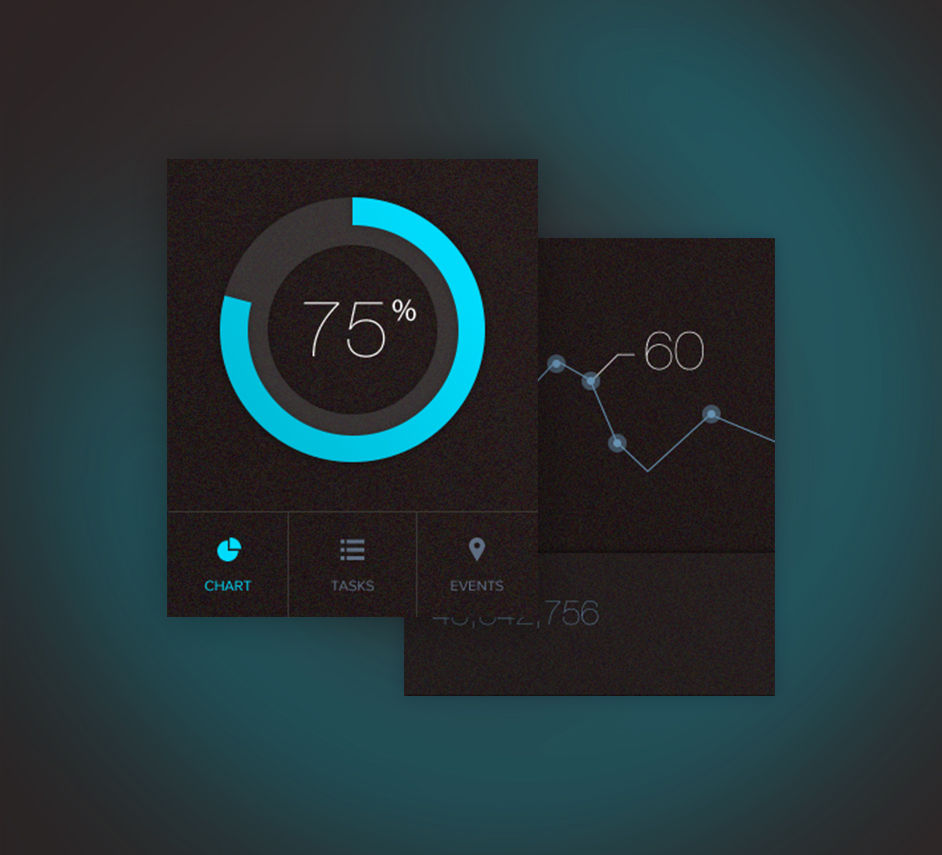Price Parity: The Invisible Hero of Hospitality
- Optima Danışmanlık

- Jan 14
- 3 min read
In today’s hospitality industry, price parity is no longer just a trend; it has become a necessity for sustainable success. This concept ensures that the prices offered to customers remain consistent across all channels. However, achieving this goal is not as straightforward as it seems. In this article, we’ll explore the concept of price parity, its advantages for hotels, the challenges it poses, and actionable strategies for its implementation.
What Is Price Parity?
Price parity is an agreement between hotels and their distribution partners (such as Online Travel Agencies - OTAs) to offer the same room prices across all sales channels. In other words, no matter where a customer looks, they see the same price for the same room. While this may seem simple, price parity holds much deeper implications for the hospitality industry.
Core Elements of Price Parity
• Brand Security and Consistency: Price parity plays a critical role in preserving a hotel’s brand value. Consistent pricing builds customer trust.
• Enhanced Customer Experience: Customers feel confident knowing they won’t find different prices for the same room across platforms.
• Operational Efficiency: It strengthens relationships with distribution partners and streamlines processes, minimizing price disparities.
The Evolution of Price Parity
The concept of price parity has evolved alongside changes in distribution models. Twenty years ago, hotel pricing was less visible, and customers typically received prices through direct bookings or tour operators. However, digitalization, the rise of OTAs, and mobile booking platforms have significantly increased price transparency. Today, customers can compare prices across dozens of platforms with just a few clicks, forcing hotels to reevaluate their pricing policies.
The Modern Distribution Ecosystem
Today’s distribution ecosystem includes:
• Loyalty Programs: Exclusive discounts and rewards to retain customers.
• Mobile Discounts: Incentives to book via mobile devices.
• Commission Negotiations: Challenging discussions with OTAs to balance visibility and costs.
In this complex environment, hotels must develop multi-dimensional strategies to manage their pricing effectively.
Strategies to Maintain Price Parity
There are three main strategies hotels can adopt to ensure price parity. The choice depends on the hotel’s size, target audience, and relationship with distribution partners.
1. Absolute Parity
This approach enforces the same pricing policy across all channels, leaving no room for negotiation by OTAs.
• Advantages: Provides complete control over pricing and encourages direct bookings.
• Disadvantages: Limits flexibility and risks losing some distribution partners.
2. Liberal Approach
This strategy allows distribution partners to set their own commission and pricing structures.
• Advantages: Reduces time spent on pricing management.
• Disadvantages: Weakens direct channels and may harm customer loyalty.
3. Hybrid Approach
This model combines different strategies based on demand. During high-demand periods, absolute parity is enforced, while in low-demand periods, a more flexible approach is adopted.
• Advantages: Maximizes opportunities across channels and fosters strong partnerships.
• Disadvantages: Requires significant time and effort to develop a detailed strategy.
Causes of Price Disparity
Price disparities are often caused by internal issues within the hotel. For example, offering different rates to different channels or running exclusive promotions with OTAs can create inconsistencies that confuse customers.
Common Challenges
• Lack of Coordination: Inconsistent strategies across distribution channels.
• Partner Interventions: OTAs violating price parity agreements.
Advantages of Price Parity
Price parity offers numerous benefits beyond revenue management. Here are the key advantages:
• Building Trust: Consistent pricing across all platforms builds customer confidence.
• Fair Competition: Prevents distribution partners from gaining an unfair advantage through price cutting.
• Optimized Revenue Management: Strengthens direct channels and reduces dependency on OTAs.
Practical Recommendations
Implementing price parity requires a proactive approach and continuous monitoring. Here are some actionable recommendations:
1. Prioritize Direct Channels: Encourage bookings through your official website.
2. Build Strong Relationships with Partners: Negotiate effectively with OTAs to create win-win scenarios.
3. Leverage Technology: Use Revenue Management Systems (RMS) to monitor and optimize pricing dynamically.
Conclusion: Why Price Parity Matters
Price parity directly influences a hotel’s success in terms of customer satisfaction and revenue management. A consistent pricing strategy not only builds trust but also safeguards brand value and competitive advantage.
Remember, price parity is not just a goal; it is a necessity in the dynamic world of hospitality. If you can’t measure your pricing, you can’t manage it effectively.




Comments